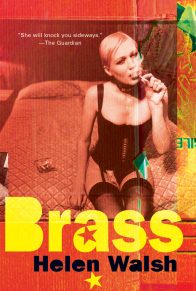“[A] sly tale of madness and conformity . . . [Gunnar Huttunen] is a picaresque hero . . . Paasilinna has much fun in defining this bourgeois society, an ill, repressed culture in opposition to Gunnar’s heroic independence . . . There is much to like here—wit, pathos and just enough of the extraordinary to transform the novel into a kind of modern fable.” —Kirkus Reviews
“[Paasilinna] illustrates the cost of nonconformity with his trademark subtle humor in this playful fable . . . Recommended for readers interested in folktales and/or Finland.” —Library Journal
“The narrative, with its episodic chapters and fablelike tone, follows Huttunen’s interactions with an amused eye . . . Paasilinna describes the frenetic inner workings of his characters’ minds with an expert touch . . . It is Paasilinna’s gift in this gem of a novel to wring humor from the most desperate circumstances.” —New York Times Book Review
“Here’s an unusual and delightful novel with all the fierce independence, drier-than-dry humor and grumpy good-heartedness that are quintessentially Finn, packed with dozens of great scenes, including how to get your savings out of the bank with a shotgun. . . . Writing with deadpan starkness and a mythic simplicity, Paasilinna propels the reader forward on a lean narrative line that almost defies you to try to stop reading. You’re too busy chuckling as you anxiously turn the pages, concerned about a lovable eccentric who seems to have stepped straight out of legend and to be heading straight for hell. . . . This fearless and defiant little novel builds to an uncompromising, utterly unexpected and completely satisfying end.” —Nick DiMartino, Shelf Awareness
“This is a lucid, humorous miracle of a book. . . . The Howling Miller is at once a philosophical tale, a fantasy story, a moral fable, and a wonderful novel that has fun in disturbing us, in jostling us, in howling in our ears the truths of so-called human nature that we generally prefer to ignore.” —Michele Gazier, Livres












